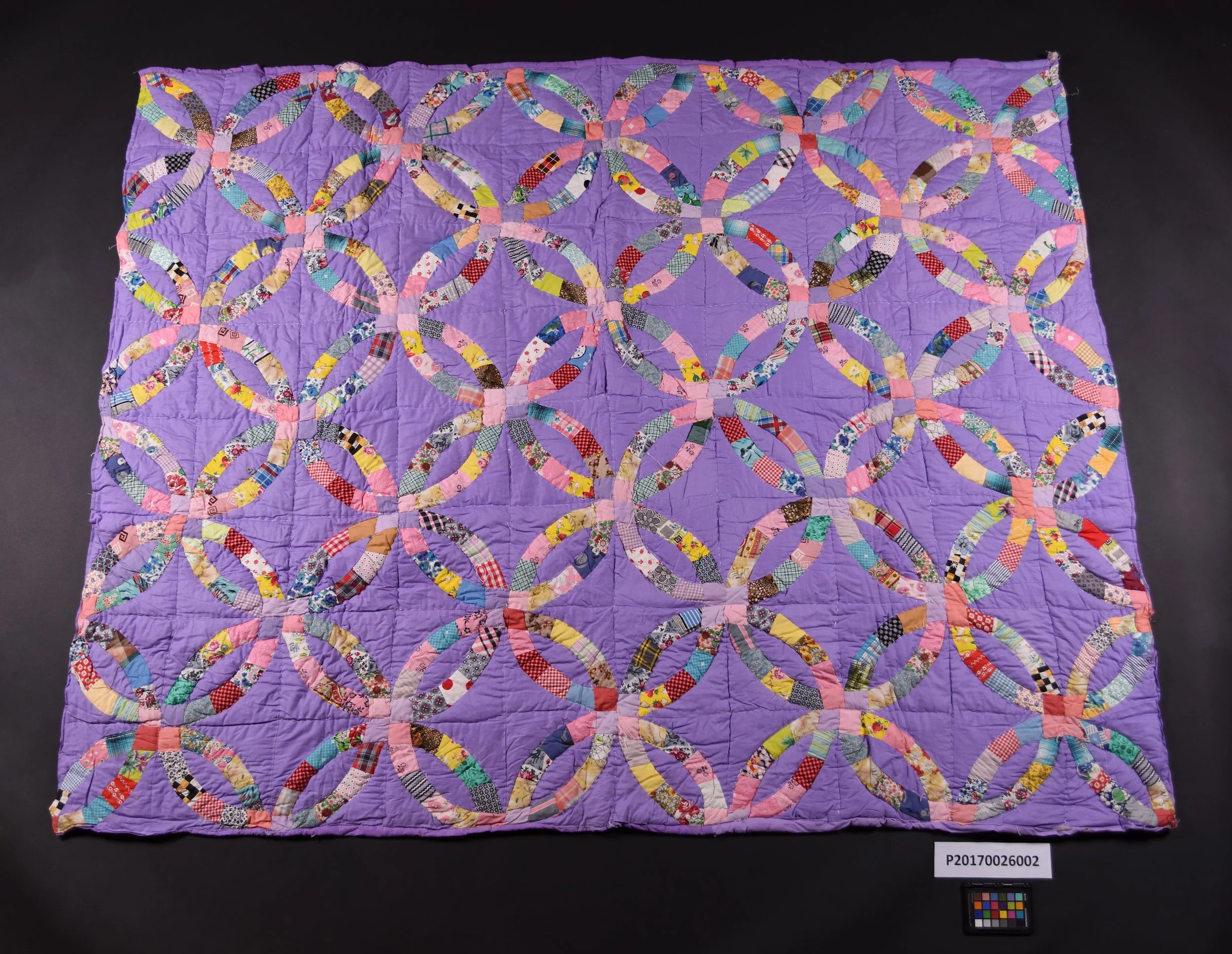The Impressive Life of Mary Drever
Portrait of James Macleod, circa 1836–1894.
Galt Museum & Archives, 19851016000
Mary Drever lived a bold life. The Red River Rebellion broke out when she was 17 and living in Fort Garry, Manitoba. Meeting a stranded government scout, teenage Mary stuffed his dispatch down the front of her dress and smuggled it past rebel forces for him. One of the militia members who arrived to put down the rebellion with violence was James Macleod, who would later become Mary’s husband.
Macleod was appointed Assistant Commissioner of the newly created North-West Mounted Police (NWMP) shortly before their marriage. Mary accompanied him to Fort Macleod in 1877. The fort was no domestic dream. The walls were chinked with mud for insulation, the sod roof leaked and the dirt floor still had bison hoofprints in it.
North-West Mounted Police at Fort Macleod, circa 1876.
Galt Museum & Archives, 19760233048
Mary began making the fort into a home. She organized music and dancing events. She acted as a mother figure to the younger police officers. Her marriage appears from the historical record to have been a happy one. Mary had no trouble keeping up with her busy husband. In 1877 she was present at the signing of Treaty 7, being one of the six white women to sign the document.
Mary outlived her husband by 39 years. When Macleod died at age 58, he left her with no money and five children to raise. She took work as a seamstress to care for her family. Today she is sometimes called the mother of the NWMP. You can learn more about the history of the NWMP in our virtual exhibit North-West Mounted Police: A Tradition in Scarlet at nwmp.galtmuseum.com.











Dr. Frank Hamilton Mewburn was a wiry and fiery surgeon, politician, army officer, and university professor who greatly contributed to the development of Lethbridge. Mewburn came from a long ling of medical professionals, graduating from McGill University in Montreal in 1881.